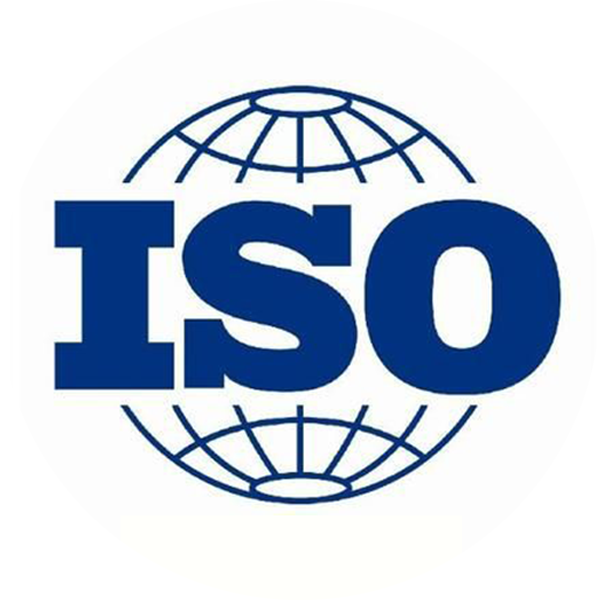Regional Market Analysis
The Asia-Pacific region is the largest and fastest-growing aluminum market globally. Rapid urbanization and infrastructure development have led to widespread use of aluminum in construction, driving competitive growth. Countries like South Korea, China, and India are witnessing a surge in electric vehicle production, leading to enormous demand for aluminum batteries, frames, and other components. Government policies promoting electric vehicles as sustainable solutions for reducing carbon footprints and pollution are also influential. China alone accounts for over half of the world's primary aluminum production and is a major consumer of this metal.
Aluminum Market by Series
Globally, the demand for aluminum is categorized into 1xxx, 2xxx, 3xxx, 4xxx, 5xxx, 6xxx, 7xxx, and 8xxx series, with the 3xxx series representing the largest market share. The applications of aluminum as a metal are limited; hence, it is alloyed with other metals like silicon, magnesium, and manganese, resulting in a wide range of uses. Aluminum alloys are divided into these eight series, each representing unique applications in various fields. The 3 series primarily consists of aluminum and manganese alloys.
These alloys exhibit improved corrosion resistance, good formability, and moderate strength. The corrosion resistance of 3 series alloys makes them frequently used in critical applications such as marine components, chemical tanks, and coastal construction. Their lightweight nature and resistance to various environmental factors also make them suitable for automotive parts.
Aluminum Market by Basic Type
There are two primary types of aluminum available in the global market: primary and secondary. The former is derived directly from bauxite ore and subsequent refining processes, estimated to hold a significant share as it represents the direct output of aluminum manufacturing. However, the recycled aluminum market is expected to grow faster, driven by increasing demand for recycled aluminum in applications like beverage cans, construction materials, and automotive components, where certain alloy qualities are less critical.
Aluminum Market Analysis by Processed Product Type
The aluminum market is segmented into aluminum pigments and powders, aluminum rods and bars, cast aluminum, extruded aluminum, flat-rolled aluminum, forged aluminum, and other processed aluminum types (drawing, rolling, sheets, and plates). Extruded aluminum is expected to lead the global market and maintain its position due to rising demand for specific aluminum product shapes that can be manufactured through the extrusion process. Products derived from this process are primarily used in the construction industry for making door and window frames and consumer goods.
Aluminum Market Analysis by Alloy Type
The two basic types of aluminum alloys available in the global market are casting and forging alloys. Forging alloys exhibit higher mechanical strength and ductility compared to casting alloys, as they are produced through mechanical processes like forging, rolling, and extrusion. There is high demand for aluminum requiring high material strength in applications such as welding rods, aircraft frames, motorcycle frames, and pressure vessels, driving the demand for forged aluminum alloys. Conversely, the demand for casting alloys is anticipated to grow at a faster rate due to the greater flexibility in producing various aluminum shapes through casting processes.
As a result, the diversity of applications is also increasing. Cast aluminum products include window fittings, engine cylinder heads, cast wheels, axle housings, transmission housings, machine tools, gardening tools, and agricultural equipment, serving multiple sectors such as construction, transportation, and consumer goods.
Aluminum Market by End-Use Sector
During the analysis period, construction is expected to become the largest end-use sector for aluminum. Its beneficial properties, such as corrosion resistance, lightweight, and ease of shaping, lead to widespread applications in handrails, stairs, racks, windows, curtain walls, roofing, cladding, awnings, and solar panels. The growth of infrastructure activities globally, particularly in the Asia-Pacific region, is driving the flourishing development of residential and commercial buildings like skyscrapers, high-rise buildings, airports, subways, and bridges, increasing the demand for aluminum across various applications.
Additionally, government regulations aimed at using sustainable materials (like aluminum to reduce carbon footprints) further stimulate market growth in this sector. However, in terms of growth, the global aluminum market's compound annual growth rate in the transportation sector is likely to be the fastest. Traditional automotive manufacturing, which heavily relied on steel body panels and components, is shifting towards lightweight alternatives, with aluminum being one of the most ideal substitutes.
Scope of the Aluminum Market Report
This global aluminum report analyzes the market based on series, basic types, alloy types, processed product types, and end-use sectors. In addition to providing profiles of major companies operating in the field, it covers the latest developments in enterprises and industries to offer a clear panorama of market development trends and directions.
What are you looking for?
8
Workshops
100.000m2
Factory Area
3000 tons
Monthly capacity

Assurance
*We respect your confidentiality and all information are protected. Maybe the time difference, We will respond to your inquiry message within 12 hours at the latest.

